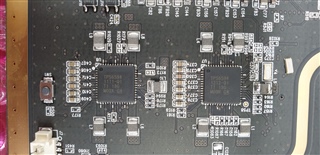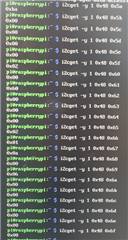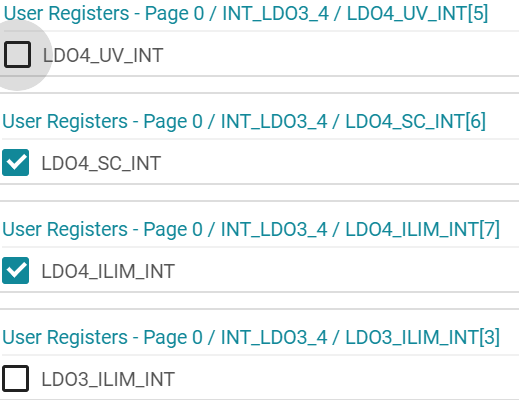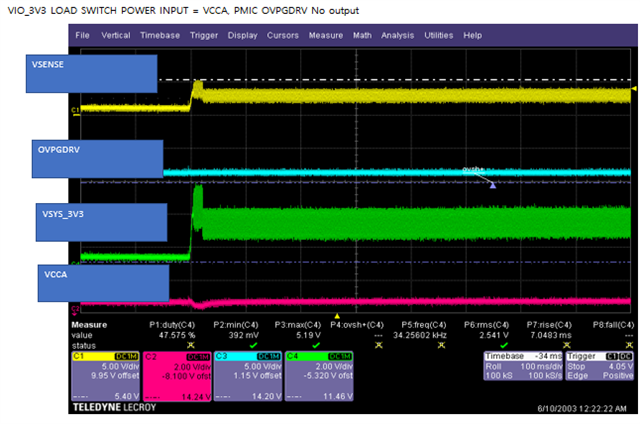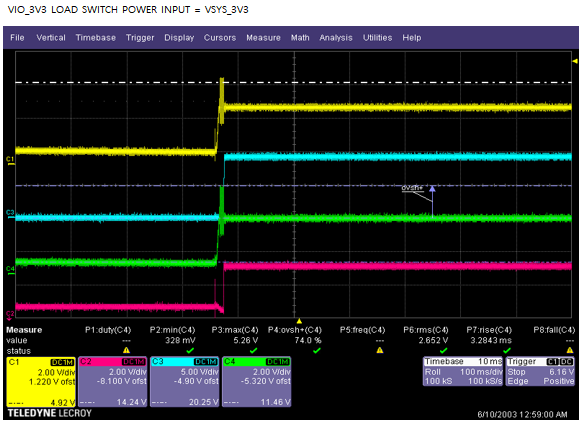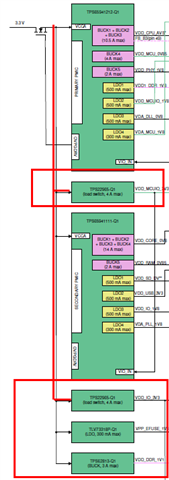Hi
The customer does not operate PMIC during the board test with PDN-0BX.
Please review if there is a problem with the schematic.
Delete Schematic.
1. TPS65941212RWERQ1
VOUT_LDOVINT : 1.8V output.
VOUT_LDORTC: 1.8 V output.
Other BUCK and LDO: Not output.
Note: As shown in the attached screenshot, GPIO3 (EN_MCU3V3_LDSW) moves for about 1 second and then falls to LOW.
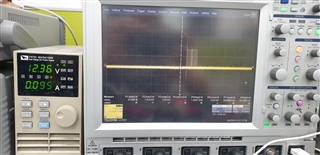
TPS65941212RWERQ1 RSTOUT Pin (GPIO11) waveform.
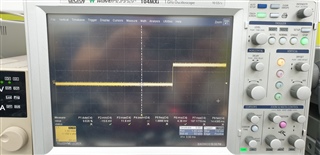
2. TPS65941111RWERQ1
VOUT_LDOVINT : 1.8V output.
VOUT_LDORTC: 1.8 V output.
Other BUCK and LDO: Not output.


